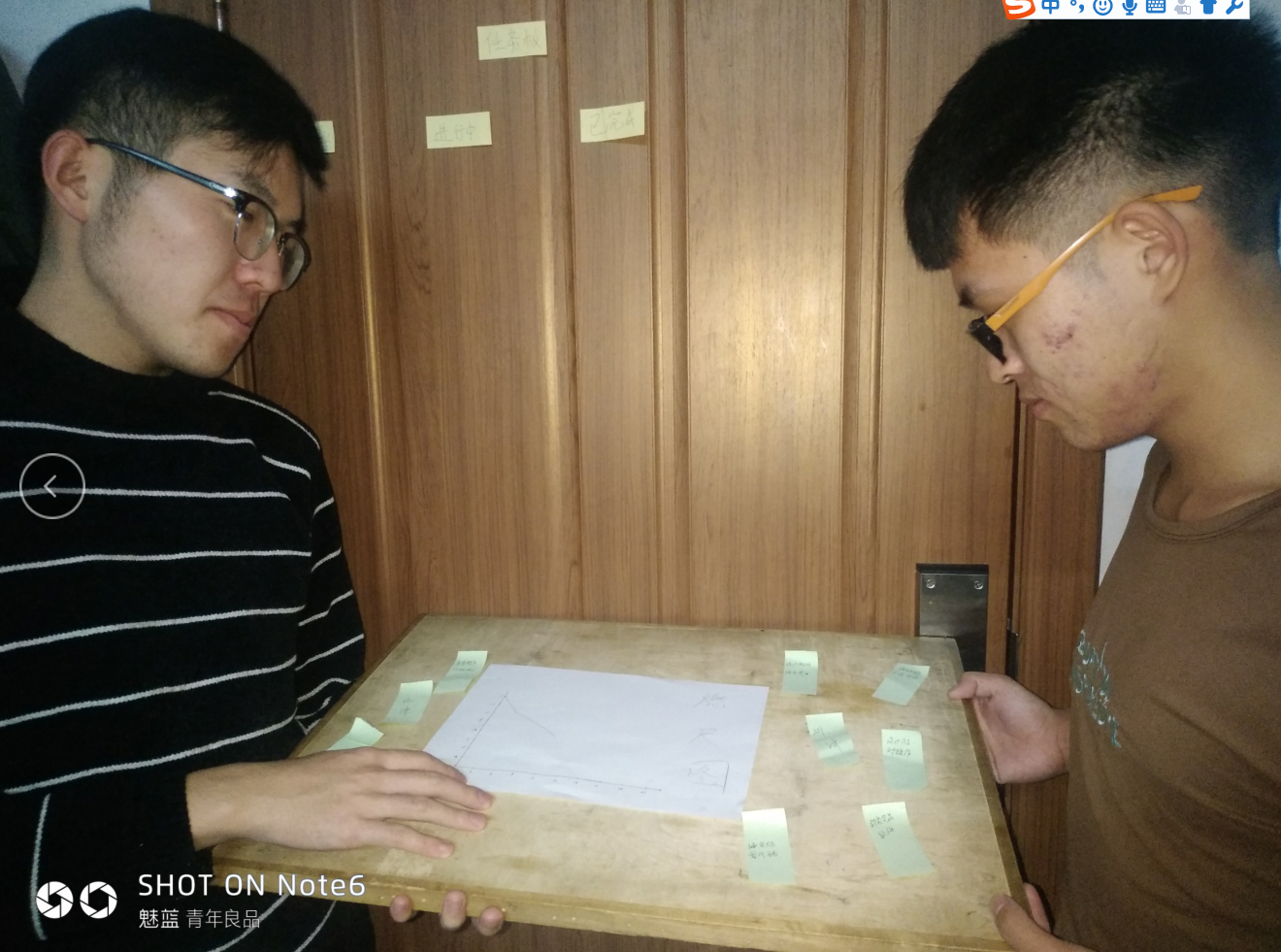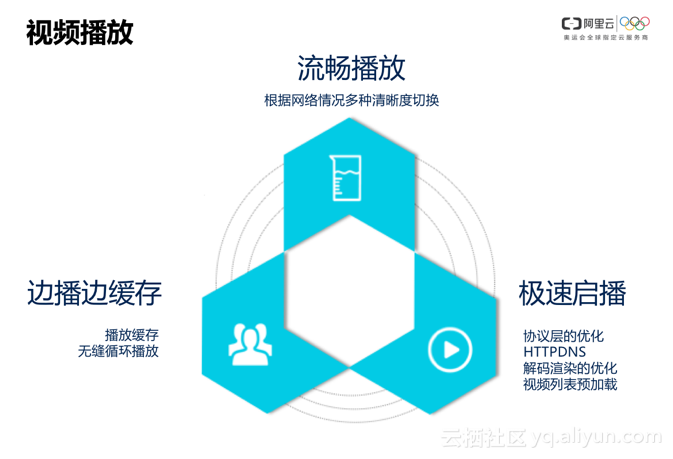DNN:基于Keras对手写数字的识别
- Keras和TensorFlow的安装及常见故障处理
- Keras和TensorFlow的安装
- 常见故障处理
- 编程实现
- 运行结果
Keras和TensorFlow的安装及常见故障处理
Keras和TensorFlow的安装
1、在anaconda prompt中输入conda create -n keras创建keras环境
2、输入conda activate keras激活创建的环境
3、输入conda install tensorflow 安装TensorFlow,询问处输入y即可安装
4、创建的keras环境中若无Spyder,需要在keras环境中输入 conda install spyder进行安装
常见故障处理
1、若conda install 中出现PackagesNotFoundError,可采用pip install 进行替代,不过pip不支持断点续传,如果网络不好,可能出现下载到一半突然中断的现象,如下图所示:
 找个好点的网络即可解决,也可以使用国内的豆瓣镜像源进行下载。
找个好点的网络即可解决,也可以使用国内的豆瓣镜像源进行下载。
2、若在Spyder中运行程序时出现Keras need TensorFlow 2.2 or higher,但是明明已经下了2.2或更高的版本,说明可能电脑里装了两个或以上TensorFlow,可以将所有的TensorFlow都卸载干净再装需要的版本。
3、若在Spyder中运行程序时出现AttributeError: module ‘tensorflow.python.framework.ops’ has no attribute ‘_TensorLike’,是Keras和TensorFlow的版本不匹配,可参照下面的链接选择Keras、TensorFlow和Python三者均匹配的版本。
List of Avaliable Environments
编程实现
导入需要的库和数据。
from keras.datasets import mnist
from keras import models
from keras.layers import Dense
from keras.utils import np_utils
(X_train,y_train),(X_test,y_test) = mnist.load_data()
由于每一个手写数字是一个二维的矩阵,在建立神经网络之前需要将其转化为一维的向量,并将其归一化。
num_pix = X_train.shape[1] * X_train.shape[2]
X_train = X_train.reshape(X_train.shape[0], num_pix)
X_train = X_train /255
X_test = X_test.reshape(X_test.shape[0], num_pix)
X_test = X_test /255
将训练目标集和测试目标集离散化。
y_train = np_utils.to_categorical(y_train)
y_test = np_utils.to_categorical(y_test)
搭建三层神经网络进行预测,共进行20轮计算。
net = models.Sequential()
net.add(Dense(input_dim = num_pix, output_dim = 500, activation = 'relu'))
net.add(Dense(output_dim = 500, activation = 'relu'))
net.add(Dense(output_dim = 10, activation = 'softmax'))
net.compile(optimizer = 'adam', loss = 'categorical_crossentropy', metrics = ['accuracy'])
net.fit(X_train, y_train, batch_size = 16, epochs = 20)
输出预测的损失和准确度。
score = net.evaluate(X_test, y_test, )
print('loss is:\t ', score[0])
print('accuracy is:\t ', score[1])
运行结果






